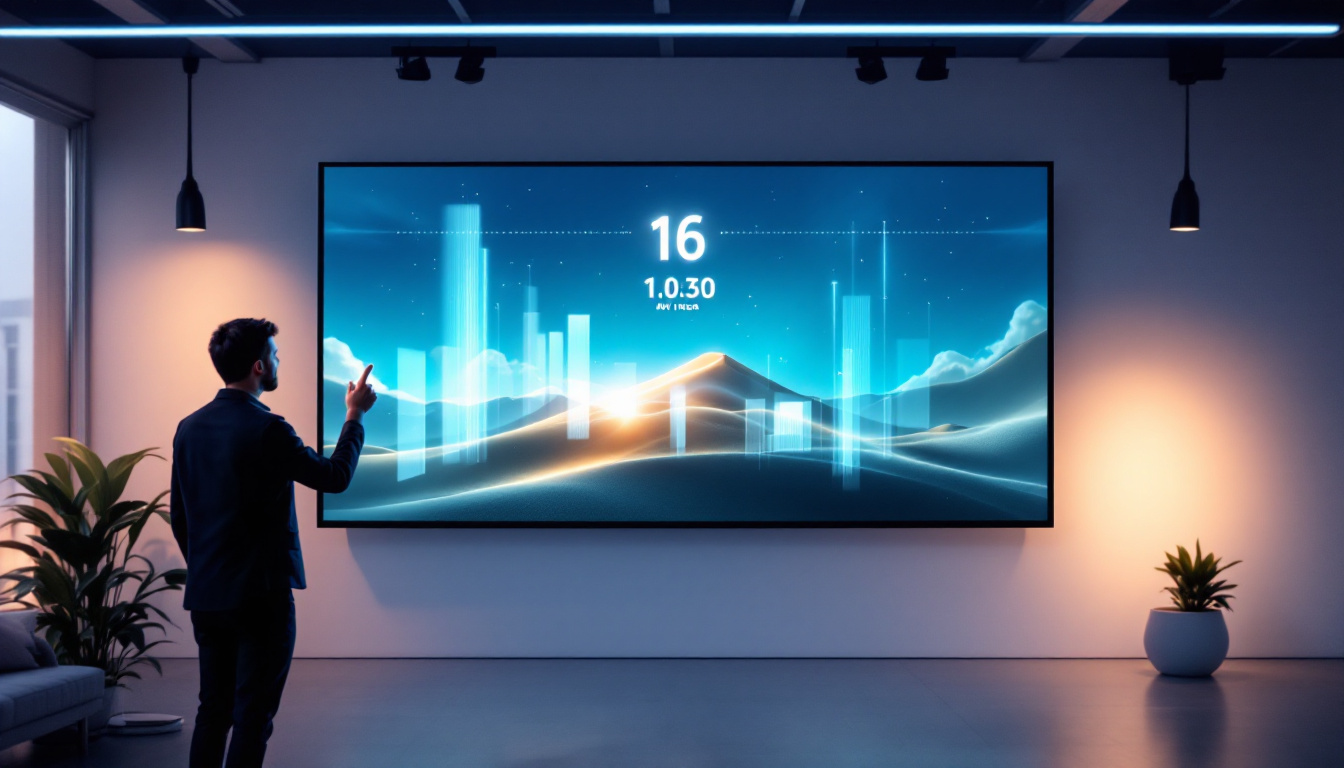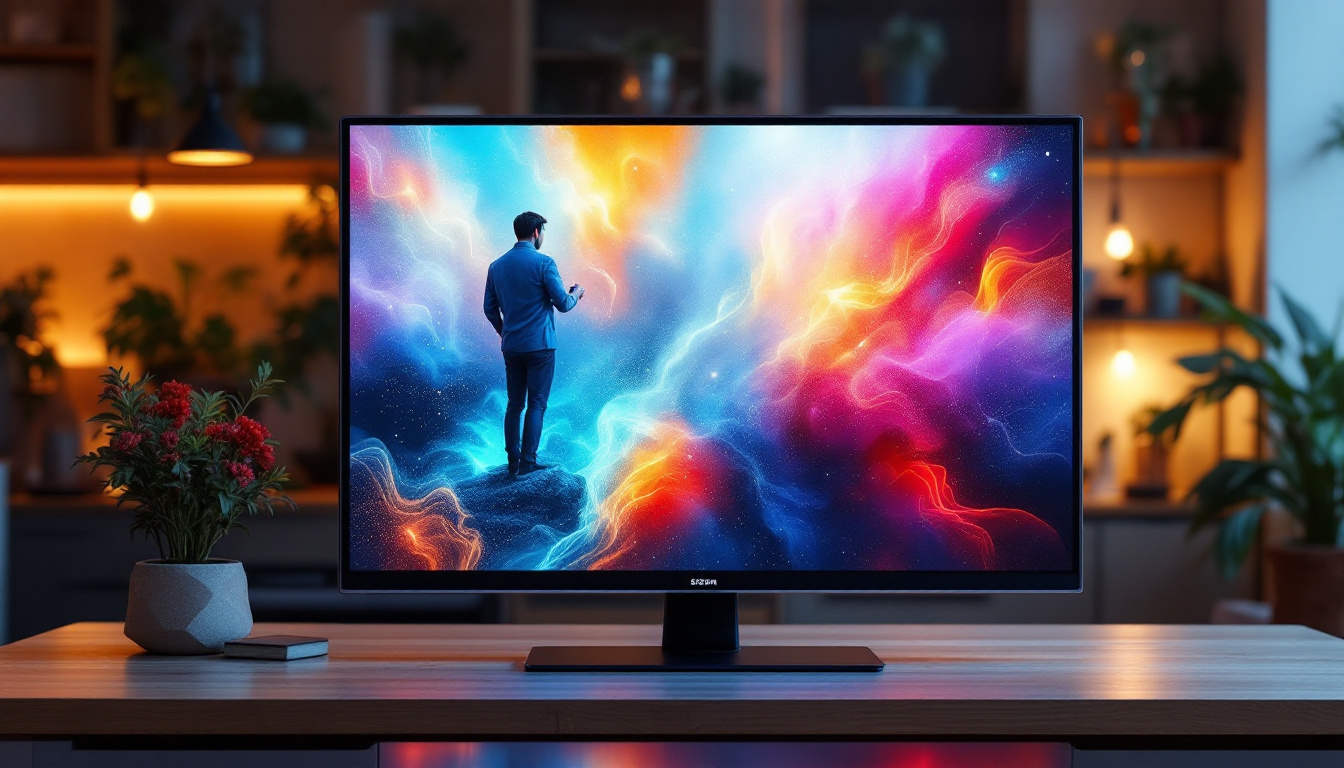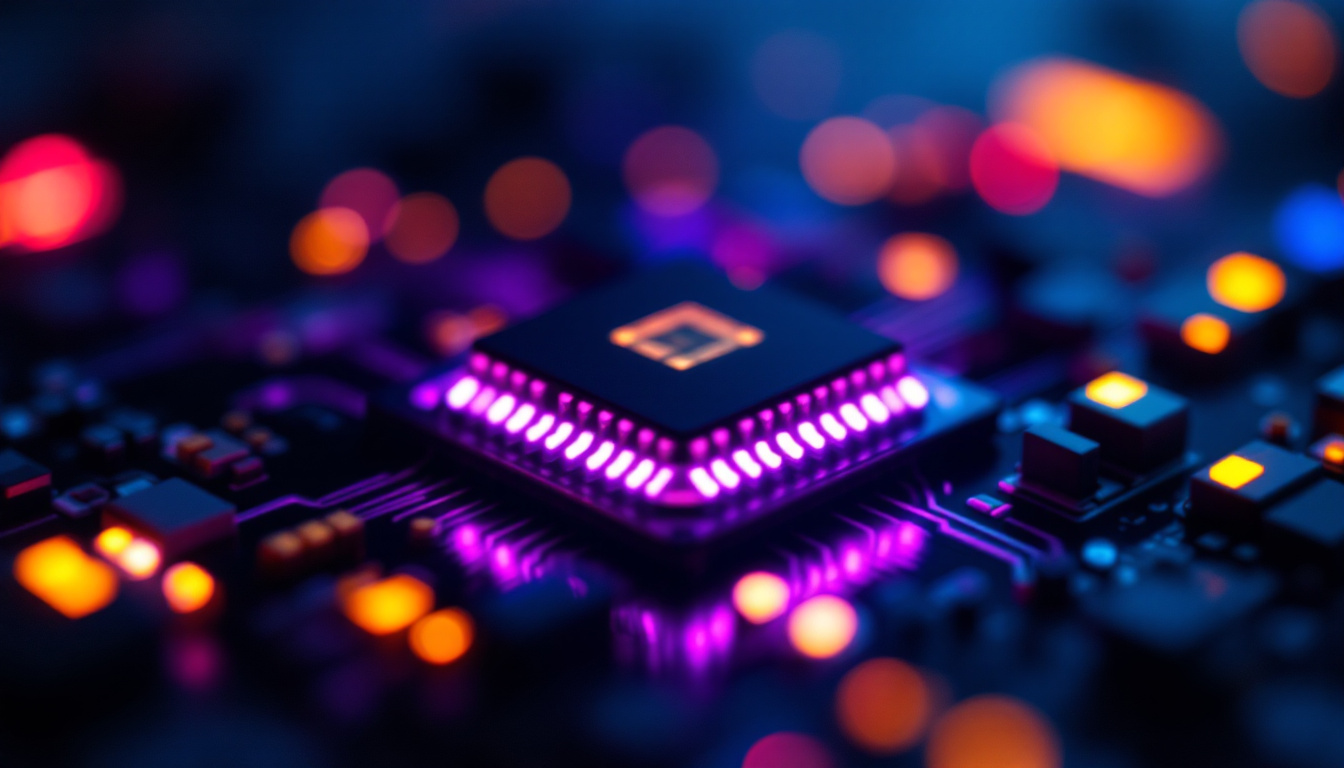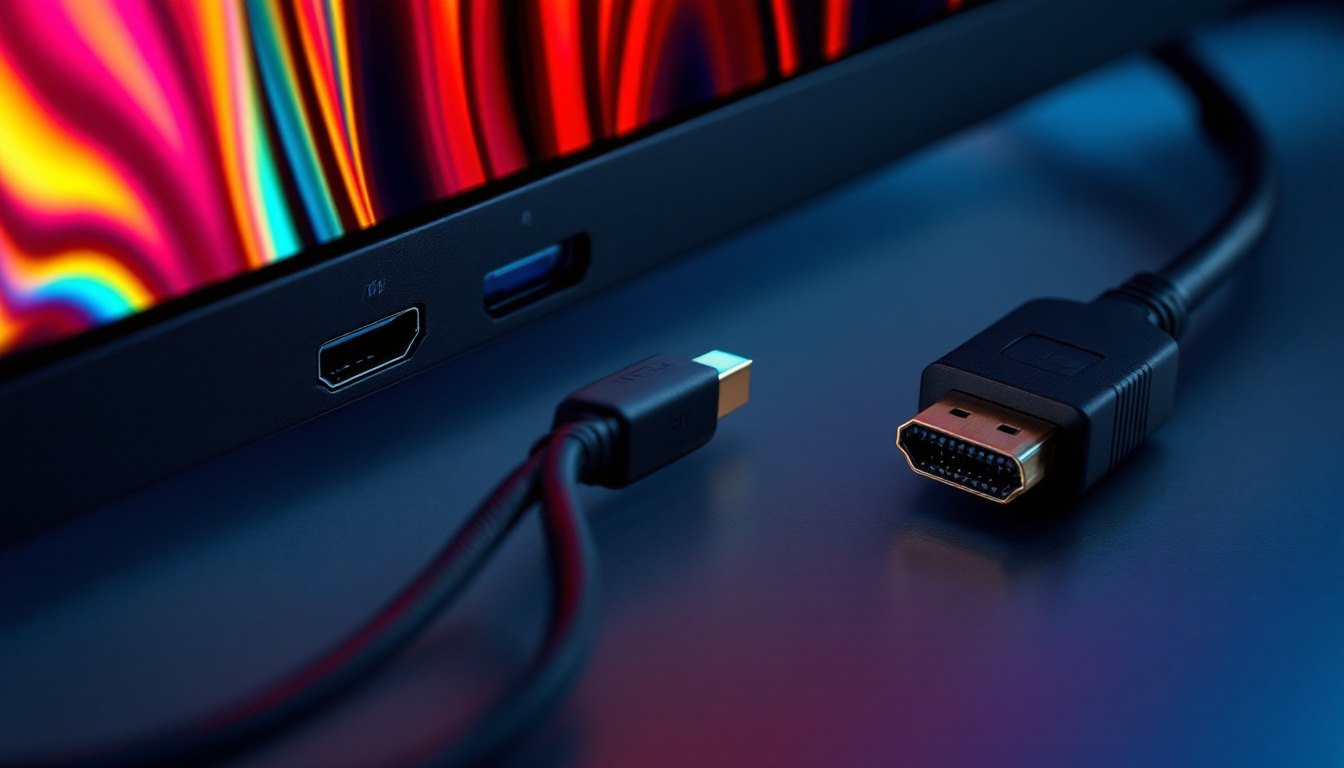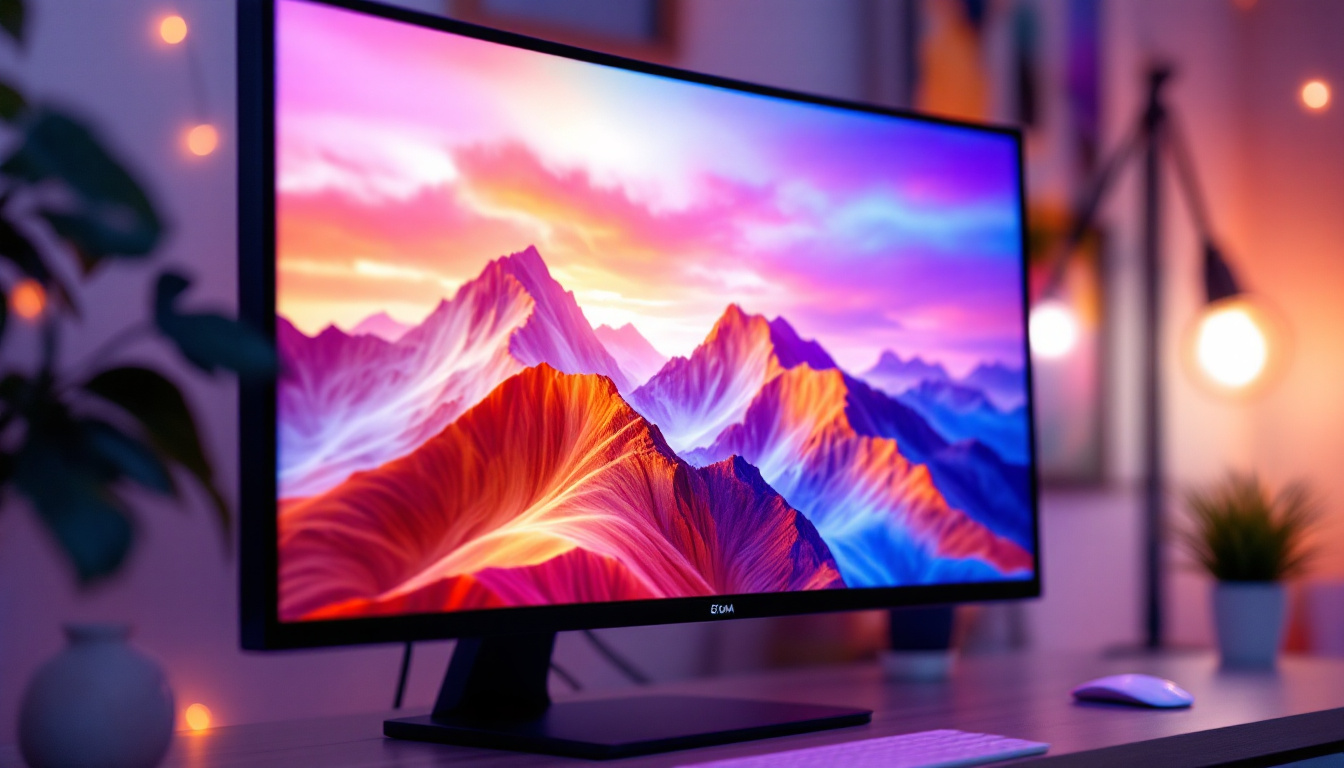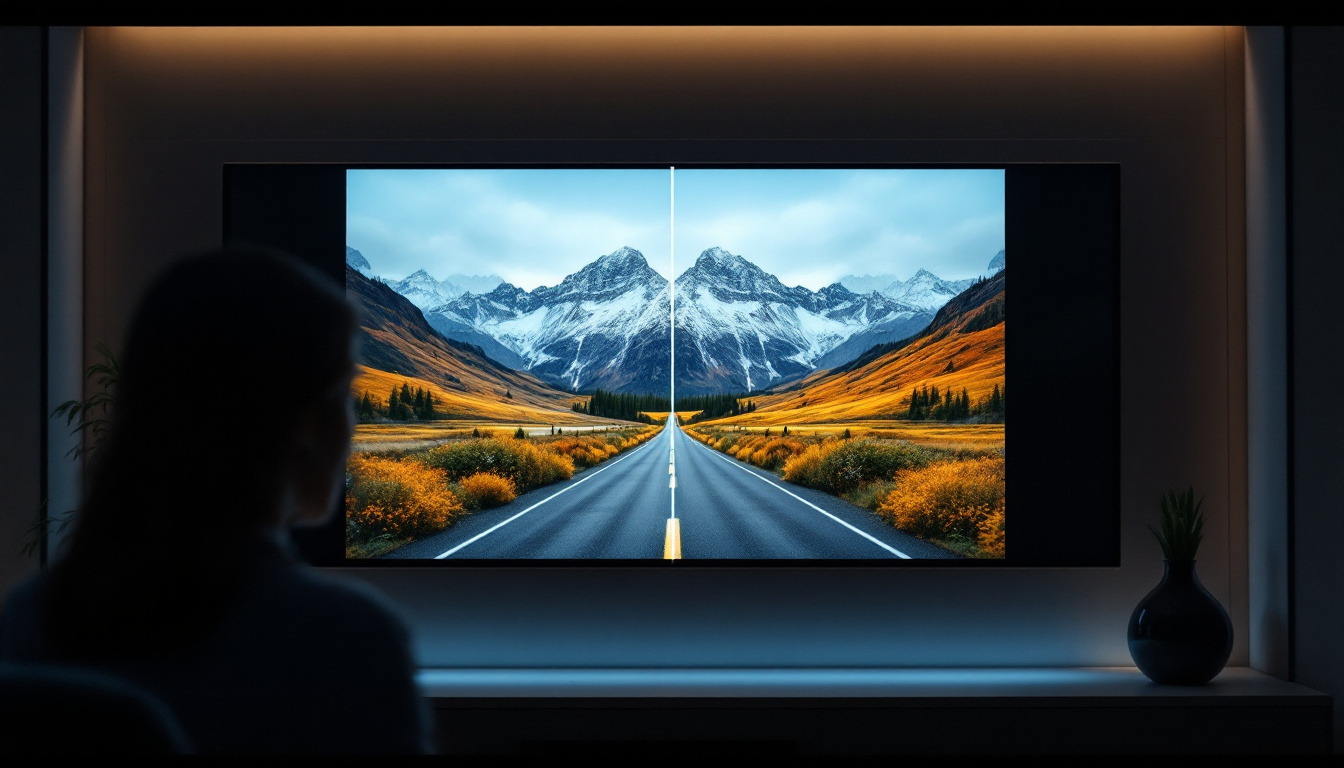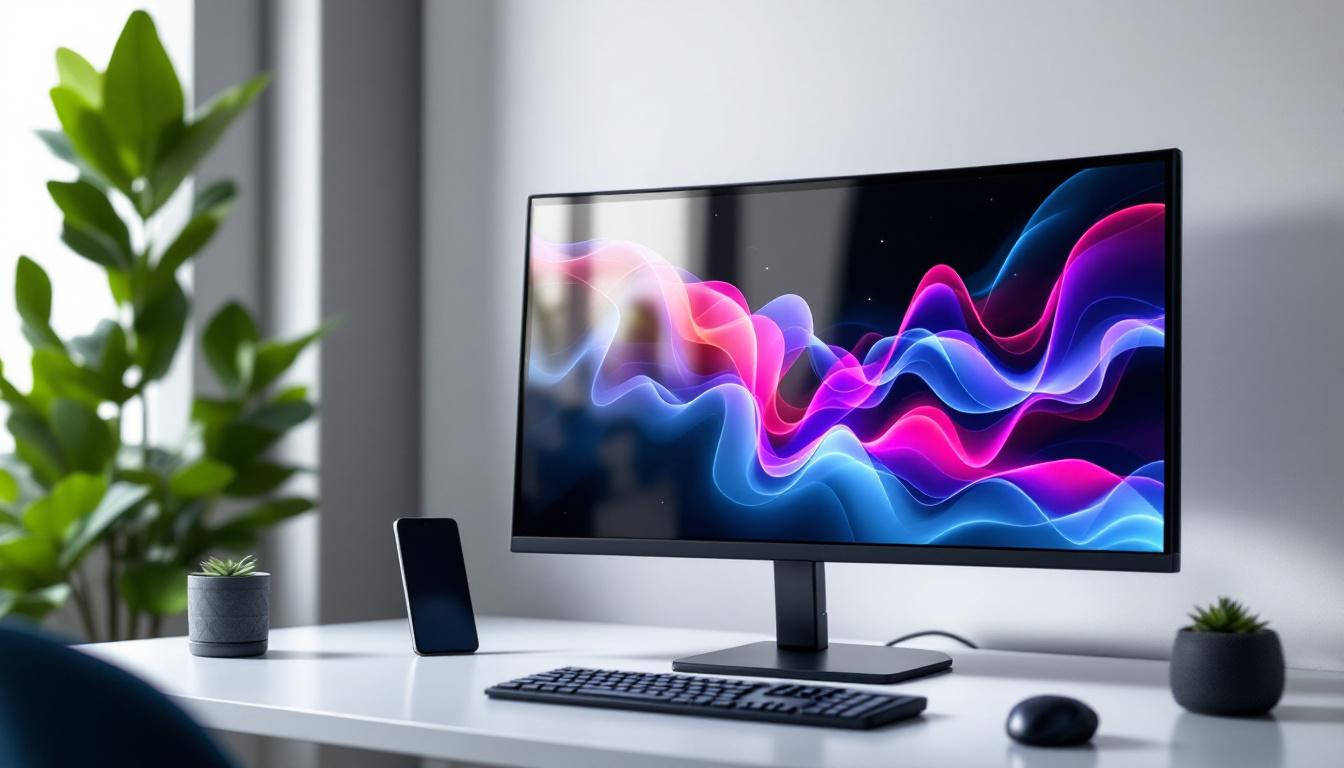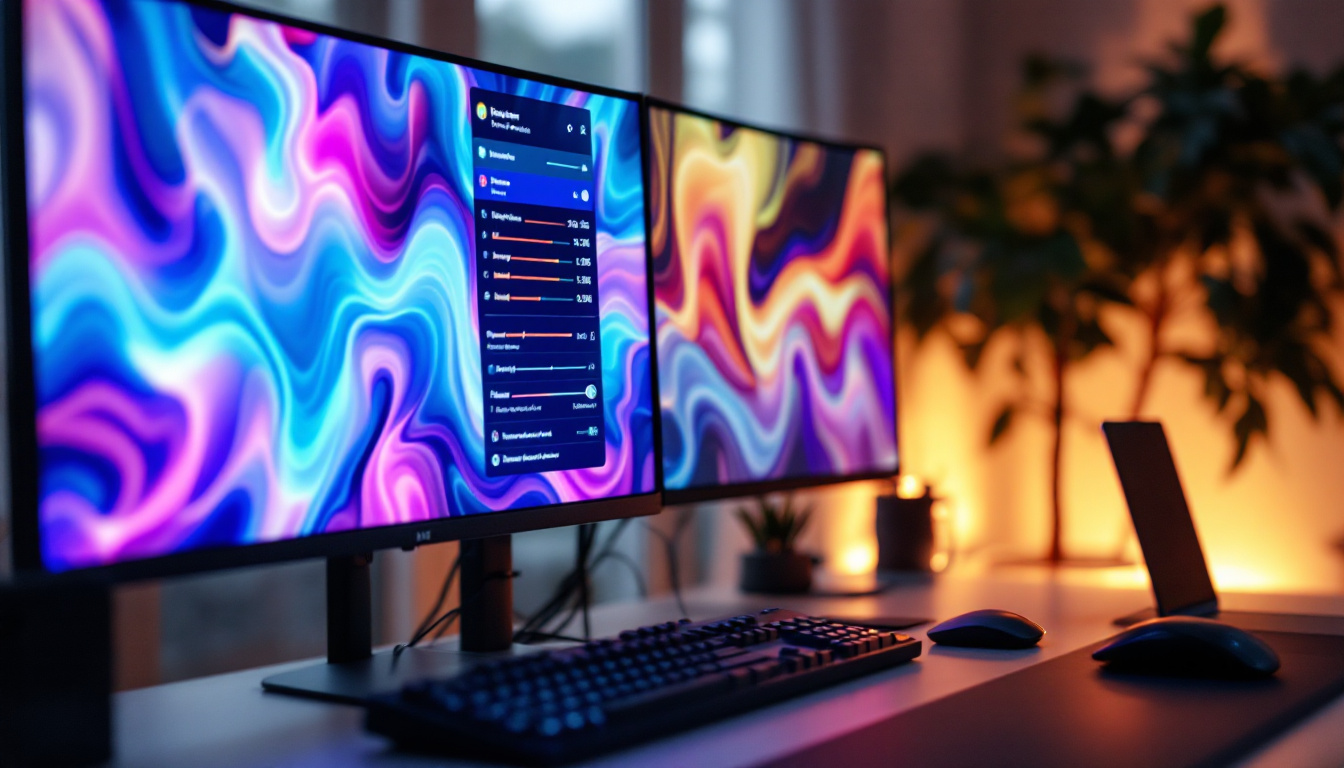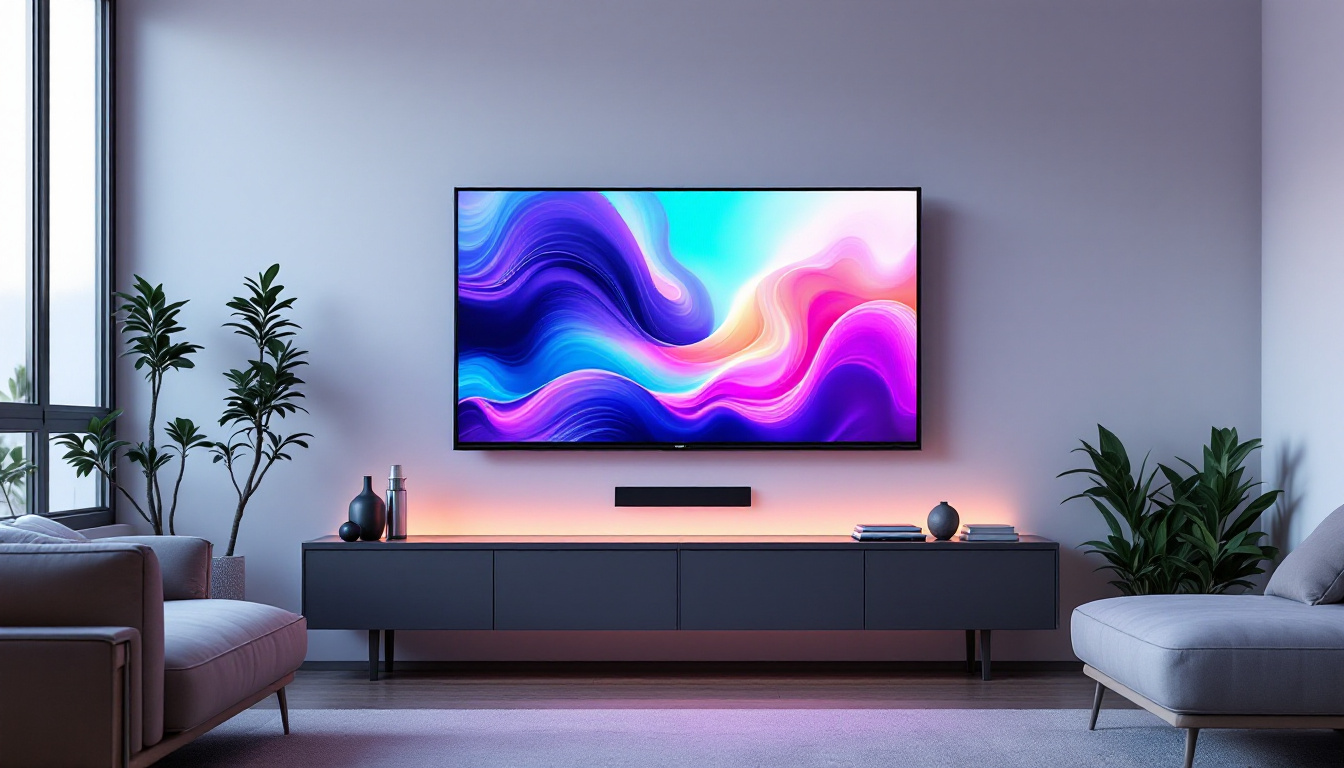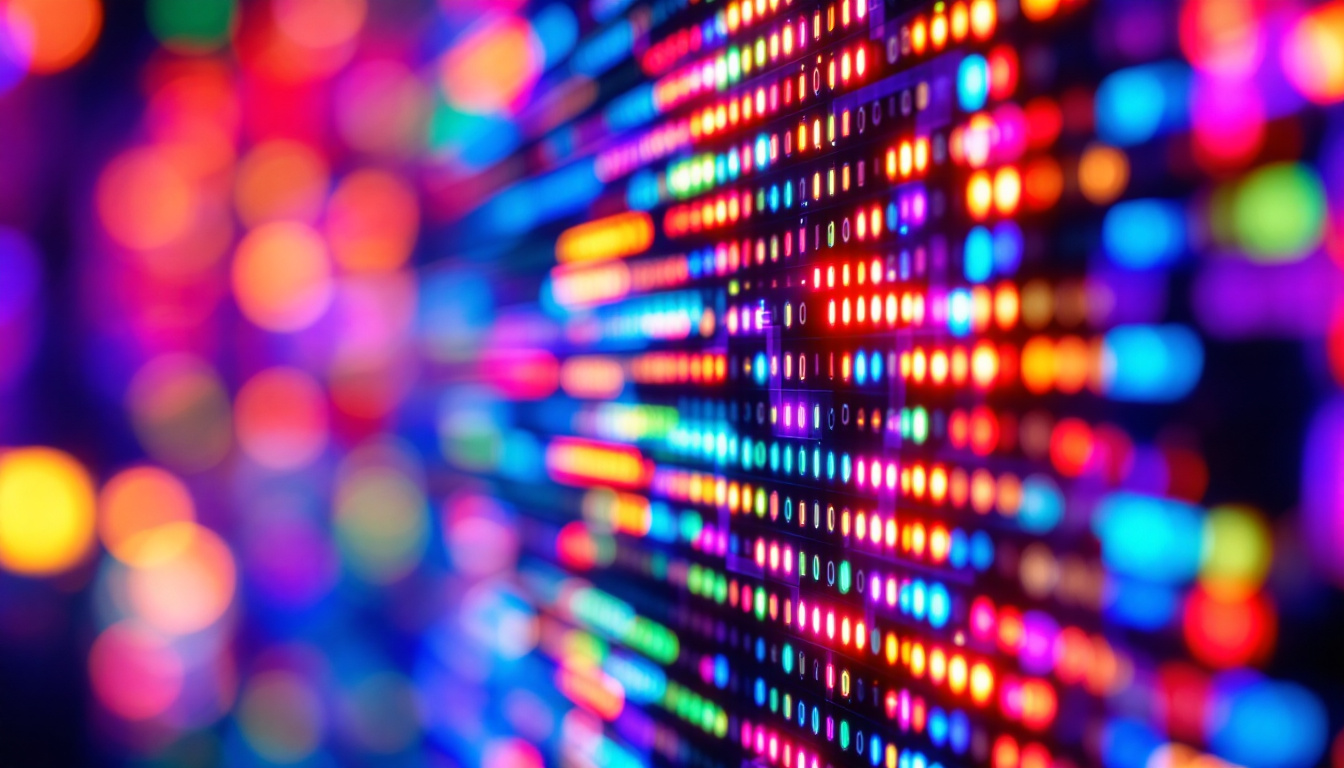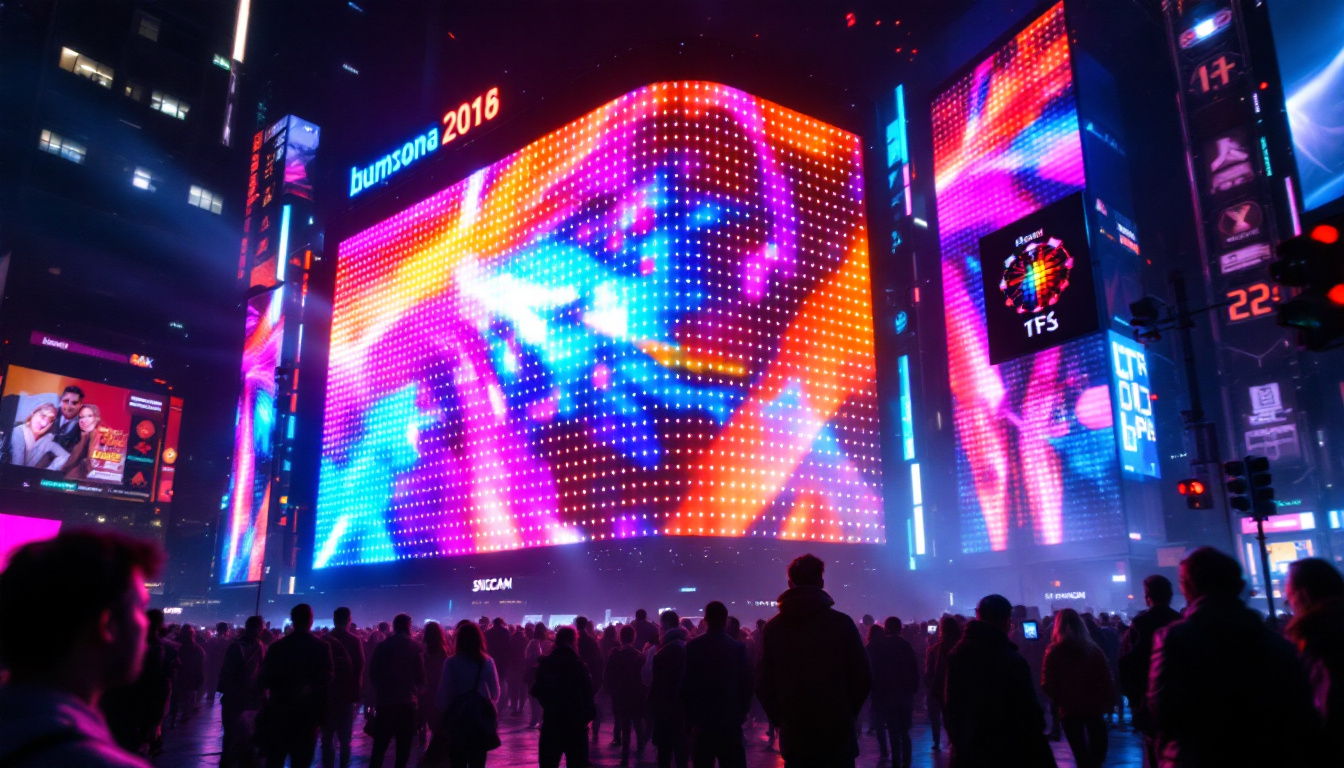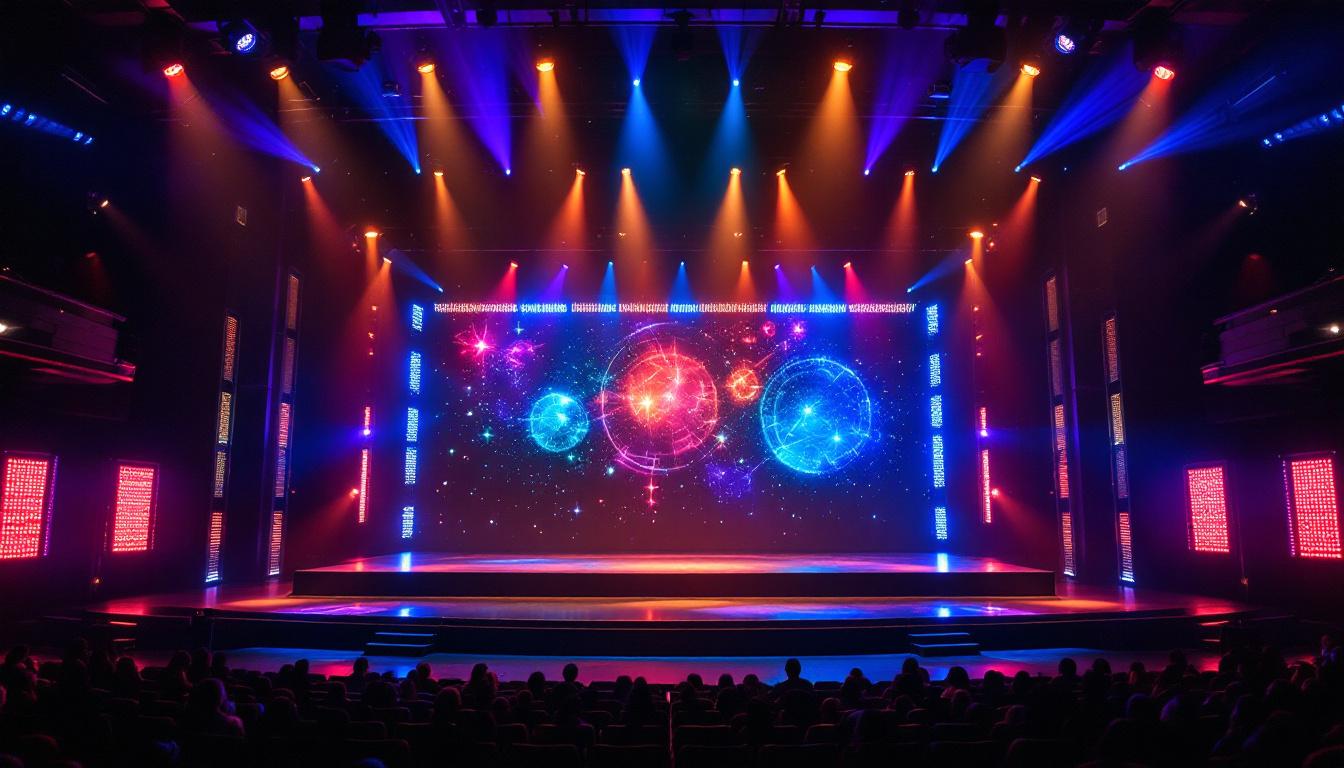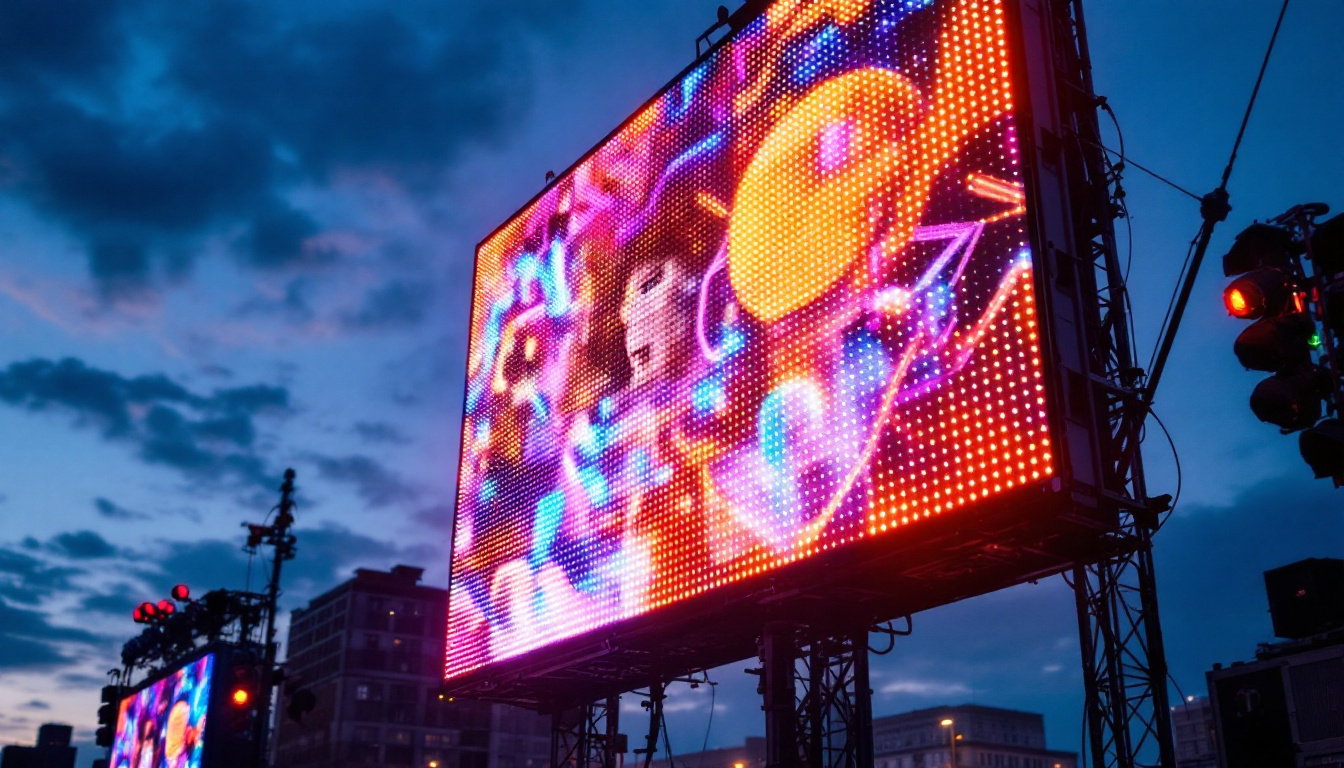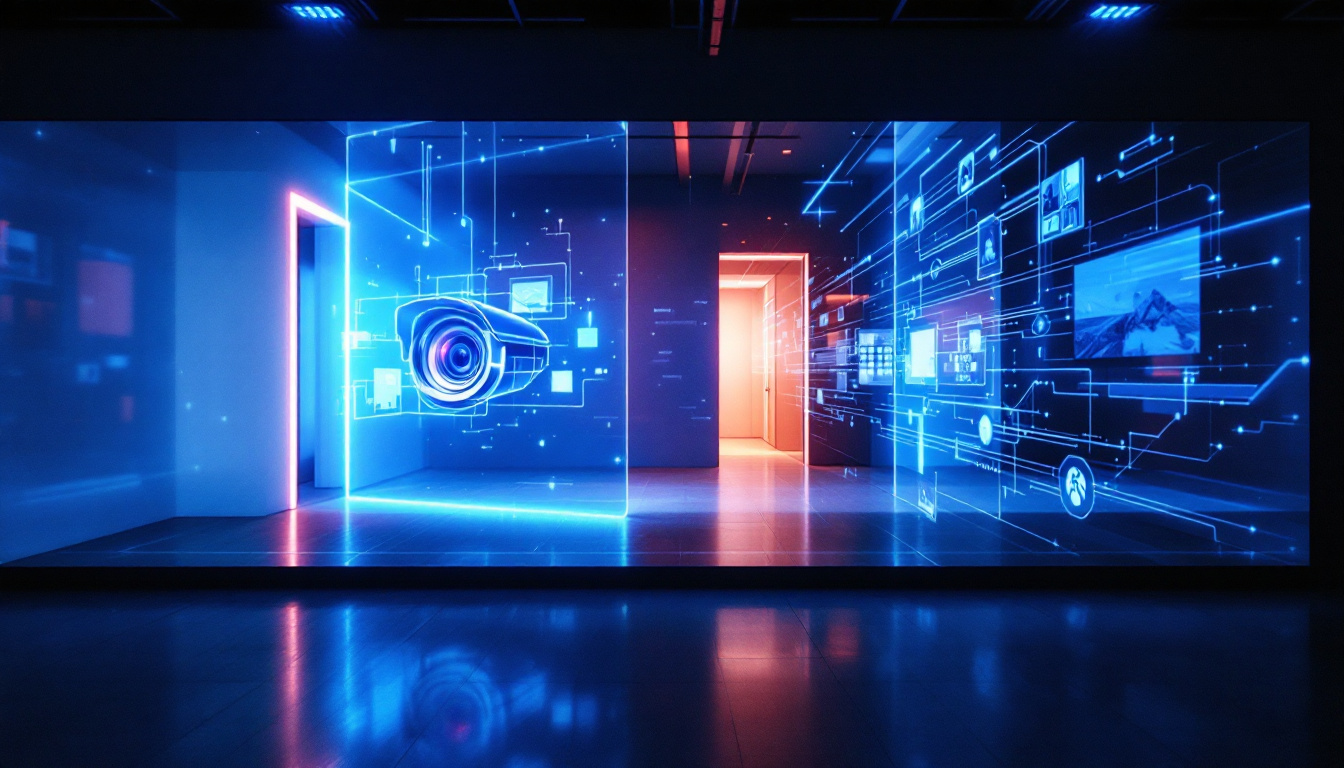In recent years, the demand for large touch screen monitors has surged, transforming the way we interact with technology in various settings, from corporate offices to educational institutions. These monitors, often equipped with LED displays, offer a seamless blend of functionality and visual appeal. This article delves into the intricacies of the largest touch screen monitors available today, exploring their features, benefits, and applications.
Understanding Touch Screen Technology
Touch screen technology has evolved significantly over the past few decades. Initially, touch screens were limited to simple applications, but advancements in technology have enabled the development of sophisticated systems that cater to diverse needs. From the early days of basic touch interfaces to the highly interactive displays we see today, the journey of touch screen technology reflects the rapid pace of innovation in the tech industry.
Types of Touch Screen Technology
There are primarily four types of touch screen technologies: resistive, capacitive, infrared, and optical. Each type has its unique characteristics, making it suitable for different applications. Understanding these differences is crucial for selecting the right technology for specific needs, whether for consumer electronics, industrial machinery, or interactive kiosks.
- Resistive Touch Screens: These screens work by detecting pressure applied to the surface. They are cost-effective and can be used with gloves or styluses, making them ideal for industrial applications. Their durability and resistance to dust and water also make them a popular choice in environments where exposure to harsh conditions is common.
- Capacitive Touch Screens: Utilizing the electrical properties of the human body, capacitive screens are highly responsive and support multi-touch gestures. They are commonly found in smartphones and tablets. The ability to recognize multiple points of contact allows for intuitive gestures, such as pinch-to-zoom, enhancing user experience significantly.
- Infrared Touch Screens: These screens use an array of infrared lights to detect touch. They are durable and can be used in outdoor environments, but they may struggle in bright sunlight. Their robustness makes them suitable for applications in public spaces, such as information kiosks and interactive advertising displays.
- Optical Touch Screens: Employing cameras to detect touch, optical screens offer high clarity and can be scaled to large sizes, making them suitable for interactive displays. This technology is often used in museums and exhibitions, where large touch surfaces can engage visitors in a dynamic and informative way.
How Touch Screens Work
Touch screens operate through a combination of hardware and software. The hardware consists of a display panel and a touch-sensitive layer, while the software interprets touch inputs and translates them into commands. When a user touches the screen, the system detects the location of the touch and executes the corresponding action, such as opening an application or navigating through menus. This seamless interaction is made possible by complex algorithms that ensure quick response times and accurate touch detection.
Moreover, advancements in touch screen technology have led to the integration of haptic feedback, which provides tactile responses to user interactions. This feature enhances the user experience by simulating the sensation of pressing a button or clicking a link, making digital interactions feel more natural and engaging. As touch screen technology continues to advance, we can expect even more innovative features, such as gesture recognition and voice integration, further blurring the lines between physical and digital interactions.
Features of Large Touch Screen Monitors
Large touch screen monitors come packed with features that enhance user experience and productivity. Understanding these features can help businesses and educational institutions make informed decisions when selecting the right monitor.
Screen Size and Resolution
The size of a touch screen monitor significantly impacts its usability. Monitors can range from 32 inches to over 100 inches, with larger screens providing better visibility for group settings. Additionally, high resolution is crucial for clarity, especially when displaying detailed images or text. Many large touch screens now offer 4K resolution, ensuring sharp visuals that enhance presentations and collaborative work.
Multi-Touch Capability
Multi-touch technology allows multiple users to interact with the screen simultaneously. This feature is particularly beneficial in collaborative environments, such as classrooms and conference rooms, where several participants may need to engage with the content at once. Multi-touch capabilities enable gestures such as pinch-to-zoom and swipe, making interactions more intuitive.
Connectivity Options
Modern large touch screen monitors come equipped with various connectivity options, including HDMI, USB, and wireless capabilities. This versatility allows users to connect multiple devices, such as laptops, tablets, and smartphones, facilitating seamless presentations and data sharing. Additionally, many monitors support screen mirroring, enabling users to display content from their devices directly onto the screen.
Benefits of Using Large Touch Screen Monitors
The integration of large touch screen monitors into workplaces and educational institutions offers numerous advantages. From enhancing collaboration to improving engagement, these monitors have a significant impact on productivity and learning outcomes.
Enhanced Collaboration
Large touch screen monitors foster collaboration by providing a shared platform for brainstorming and discussion. Teams can gather around the screen to visualize ideas, manipulate data, and make decisions collectively. This interactive approach not only improves communication but also encourages creativity and innovation.
Increased Engagement in Education
In educational settings, large touch screens can captivate students’ attention and enhance their learning experience. Interactive lessons that incorporate multimedia elements, such as videos and animations, can make complex subjects more accessible. Furthermore, touch screens encourage active participation, allowing students to engage directly with the content.
Streamlined Presentations
For businesses, large touch screen monitors simplify presentations. Presenters can easily navigate through slides, zoom in on key points, and annotate directly on the screen. This interactivity keeps the audience engaged and allows for real-time feedback and discussion, making presentations more dynamic and effective.
Applications of Large Touch Screen Monitors
The versatility of large touch screen monitors makes them suitable for a wide range of applications across various industries. From corporate environments to healthcare settings, these monitors are transforming how information is presented and shared.
Corporate Use
In corporate settings, large touch screen monitors are increasingly used for meetings, training sessions, and collaborative projects. They serve as digital whiteboards where ideas can be shared and developed in real-time. Additionally, many organizations utilize these monitors for displaying data analytics and performance metrics, allowing teams to make informed decisions based on visualized data.
Education and Training
Educational institutions are leveraging large touch screen monitors to create interactive learning environments. These monitors facilitate group activities, presentations, and digital learning resources. In training scenarios, they can be used to simulate real-world situations, allowing participants to practice skills in a controlled setting.
Healthcare Applications
In healthcare, large touch screen monitors are used for patient education, interactive consultations, and displaying medical imaging. They enable healthcare professionals to present complex information in a clear and engaging manner, improving patient understanding and involvement in their care.
Choosing the Right Large Touch Screen Monitor
With numerous options available, selecting the right large touch screen monitor can be a daunting task. Several factors should be considered to ensure the chosen monitor meets specific needs and requirements.
Assessing Display Quality
When choosing a large touch screen monitor, display quality is paramount. Look for monitors with high resolution, good color accuracy, and wide viewing angles. A monitor with an anti-glare coating can also be beneficial, particularly in bright environments.
Evaluating Touch Sensitivity
Touch sensitivity is another critical factor. Monitors should provide a responsive touch experience that can accurately detect gestures and inputs. Testing the monitor in person, if possible, can help gauge its responsiveness and ease of use.
Considering Software Compatibility
Ensure that the monitor is compatible with the software and applications that will be used. Some monitors come with built-in software for collaboration and presentation, while others may require additional applications for optimal functionality. Understanding the software ecosystem can help streamline the user experience.
Future Trends in Touch Screen Technology
The future of touch screen technology looks promising, with continuous advancements paving the way for even larger and more sophisticated displays. Emerging trends are likely to shape the landscape of touch screen monitors in the coming years.
Integration of AI and Machine Learning
Artificial intelligence (AI) and machine learning are set to revolutionize touch screen technology. These advancements could enable monitors to learn user preferences and adapt to individual needs, enhancing the overall user experience. For instance, AI could facilitate more intuitive gesture recognition and predictive text input.
Improved Durability and Sustainability
As environmental concerns grow, manufacturers are focusing on creating more durable and sustainable touch screen monitors. This includes using eco-friendly materials and designing monitors that are resistant to wear and tear. Innovations in screen technology may also lead to displays that consume less energy, contributing to a greener future.
Advancements in Augmented and Virtual Reality
Augmented reality (AR) and virtual reality (VR) are becoming increasingly integrated into touch screen technology. Future monitors may offer immersive experiences that blend digital content with the physical world, providing users with new ways to interact with information. This could revolutionize fields such as education, training, and entertainment.
Conclusion
The largest touch screen monitors equipped with LED displays are transforming the way individuals and organizations interact with technology. Their ability to enhance collaboration, engagement, and productivity makes them invaluable tools in various settings. As technology continues to advance, the future of touch screen monitors promises even greater innovations that will further enrich user experiences.
Investing in a large touch screen monitor is not just about acquiring a piece of technology; it is about embracing a new way of working, learning, and engaging with the world. By understanding the features, benefits, and applications of these monitors, organizations can make informed decisions that align with their goals and enhance their operations.
Discover the Future of Visual Engagement with LumenMatrix
Ready to elevate your interactive experiences with the largest touch screen monitors on the market? LumenMatrix is at the forefront of LED display innovation, offering a wide array of solutions that bring your content to life. From captivating Indoor LED Wall Displays to dynamic Outdoor LED Wall Displays and beyond, our technology is designed to revolutionize visual communication and engagement. Embrace the cutting-edge of LED display modules and transform how you share your message. Check out LumenMatrix LED Display Solutions today and join the visual revolution.

